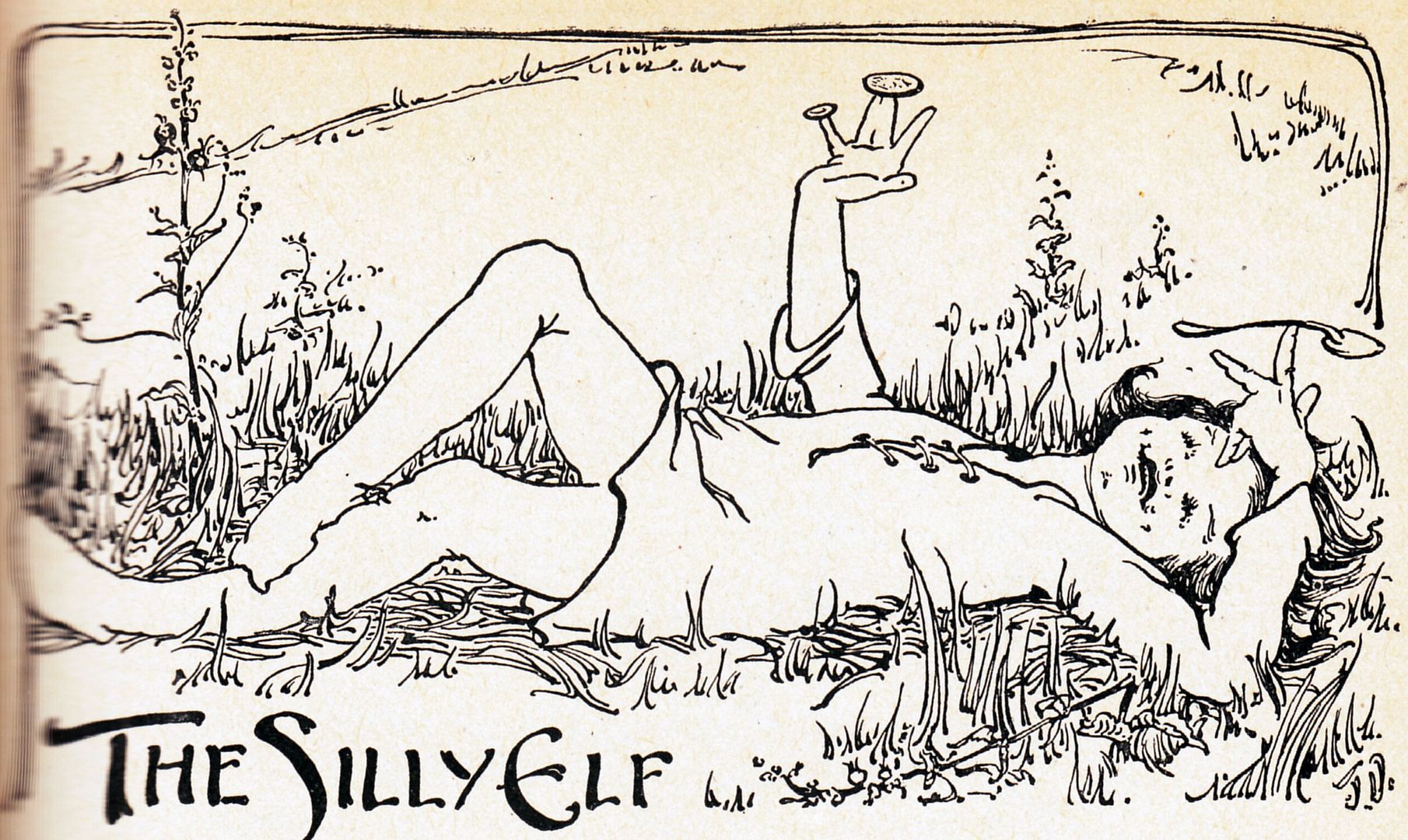 Fairy-folk of all kind — elves, trolls, fairies, brownies, wee creatures driving coaches drawn by grasshoppers or living in snail shells — inhabit the LDS children’s magazines (both Children’s Friend and Juvenile Instructor) throughout the first half of the 20th century. It took me only an hour to pull together these images, most of them illustrating complete fairy stories printed in the magazines.
Fairy-folk of all kind — elves, trolls, fairies, brownies, wee creatures driving coaches drawn by grasshoppers or living in snail shells — inhabit the LDS children’s magazines (both Children’s Friend and Juvenile Instructor) throughout the first half of the 20th century. It took me only an hour to pull together these images, most of them illustrating complete fairy stories printed in the magazines.

 . .
. .  . . .
. . .  . .
. .  . .
. .  . .
. . 
.
Primed with my recent exposure to so many fanciful “little people” pictures and stories, you can understand why I expected another such story when I began to read this article –
Primary Brownies of Hawaii
by Mary E. Rhees
(Children’s Friend, November 1927)
To be sure you have heard of Brownies and, of course, you don’t believe in them at all. But if hidden away back in the corner of your heart is the old childish desire to see a really, truly live brownie, why, just get on a boat and sail the ocean blue to Fair Hawaii and your wish shall be granted.
There are nearly fifteen hundred of them enrolled in the Primary Association. They are just as lively and full of pranks as any brownie you have ever read about, and are very apt to disappear if the teacher is not well prepared with her lesson.
At a first glance they all look alike and you wonder how the teacher can tell Jacob from Isaac, Lu Momi from Keala or Takeko from Sueyo. On becoming better acquainted with the elfish group you find they are as variable and individual as their white sisters and brothers in the Rockies; that the little personalities are as interesting, their characters as loving, and their souls as precious in the sight of the Father in Heaven. And in spite of their little bare feet and faded clothes, they work their way right into your heart.
There is the Hawaiian with snapping black eyes and a goodly supply of self assurance; the Samoan that changes from sunshine to storm and then back to sunshine all within a minute; the Japanese, timid, shy, and ever eager to gain a new idea; the Chinese, alert, reliable and proud of his ancestors; the Filipino with ever ready smile and quiet manners, and the Portuguese, impregnable and egotistical, all within the group. All are so widely different and yet all interested in the truths taught. At least one-third of them are not members of the Church, and many are not even Christians, but they love to hear the Bible stories and join in singing the Primary songs.
The majority of the officers and teachers are Hawaiian sisters, but we have one primary presided over by a Japanese and another by a Chinese sister. All are earnest, energetic workers and with few exceptions are doing their duty to the best of their ability. One good sister walked and carried her baby five miles over a rough muddy mountain road to be in attendance at her meeting.
Most of the forty-six associations in the mission are small and have an enrollment of from fifteen to forty members and all of the children are taught in one group. But the Laie Primary has an enrollment of one hundred sixty. Every child in the school is a member and nearly every one is present at each meeting. We feel that this is one of the best associations in the Church, not only for enrollment and attendance, but in every phase of Primary work. In the preliminary program there have been numbers given in Hawaiian, Samoan, and Japanese, an impossibility in almost any other place in the world.

Continue reading at the original source →



